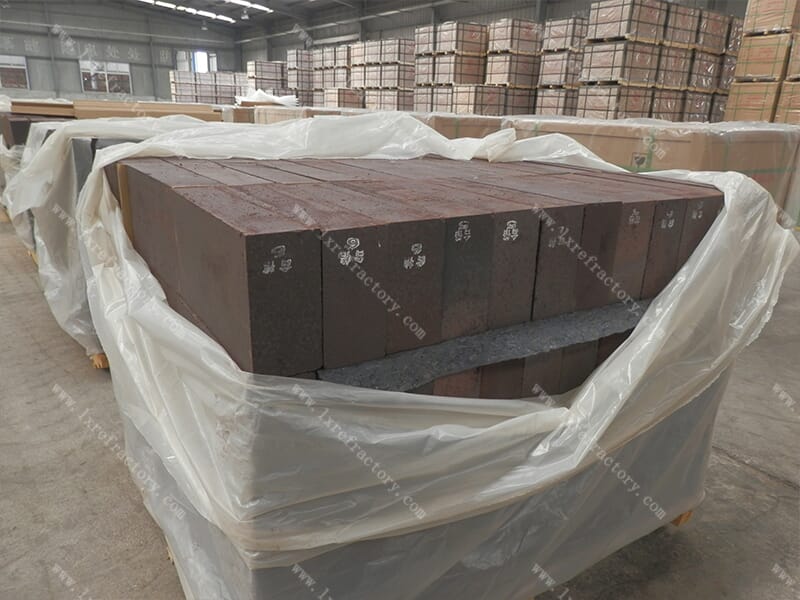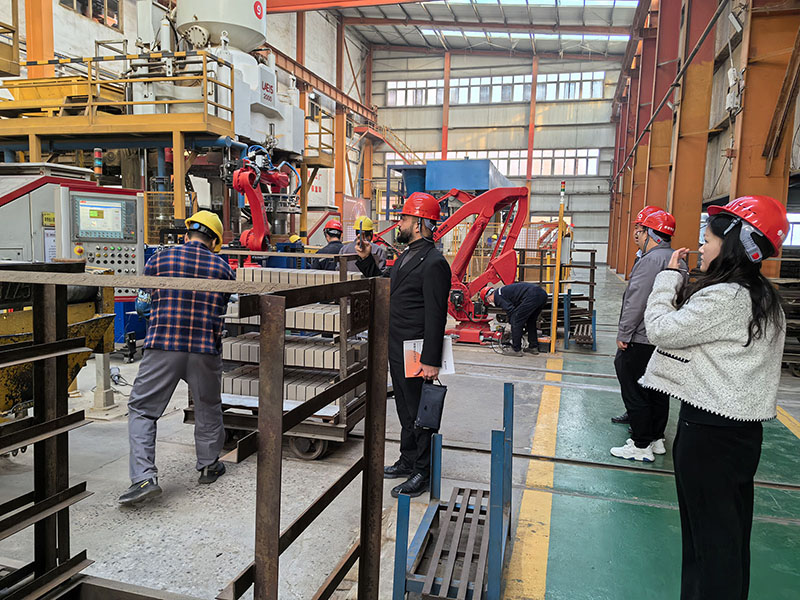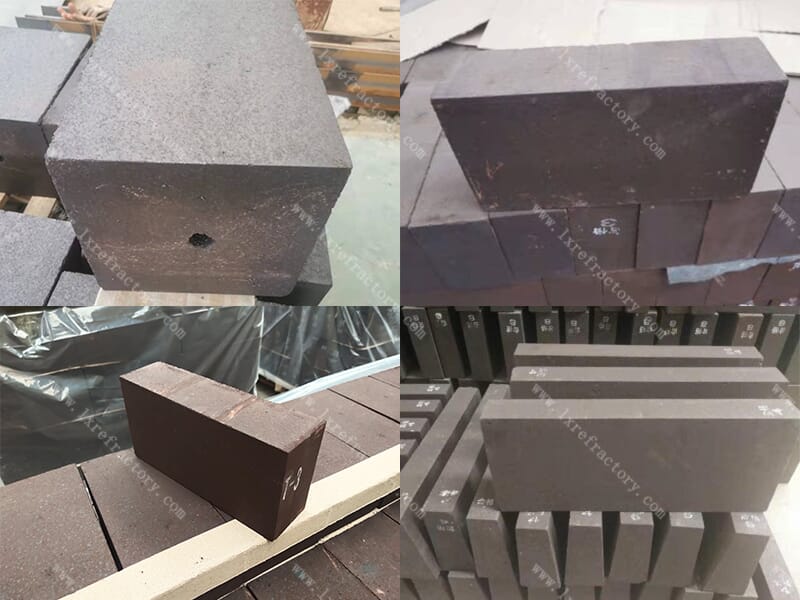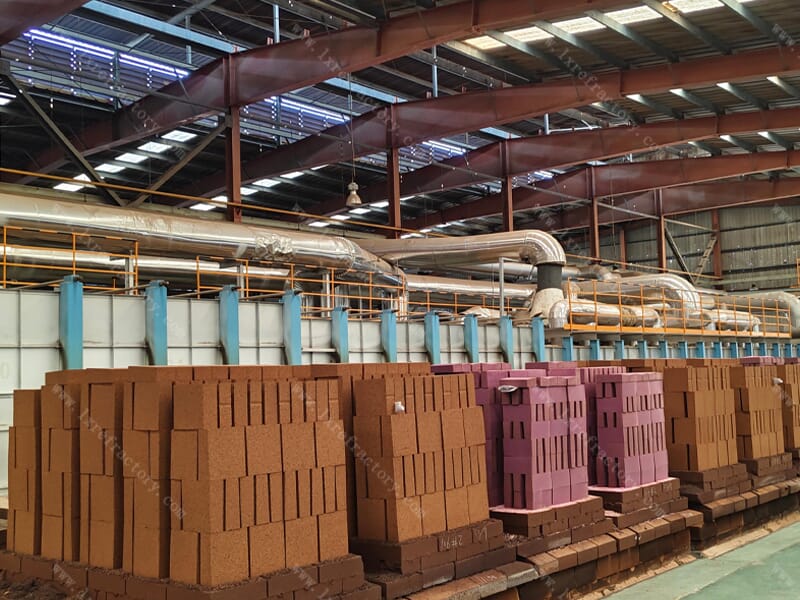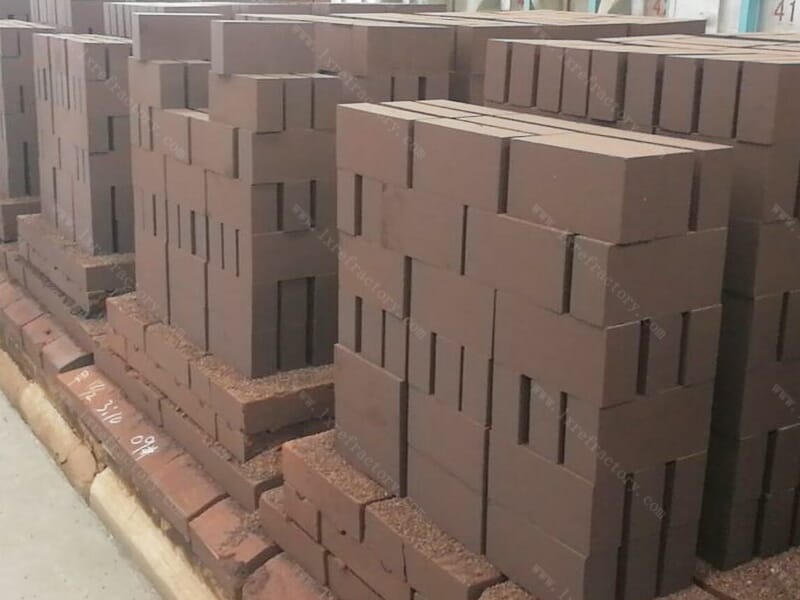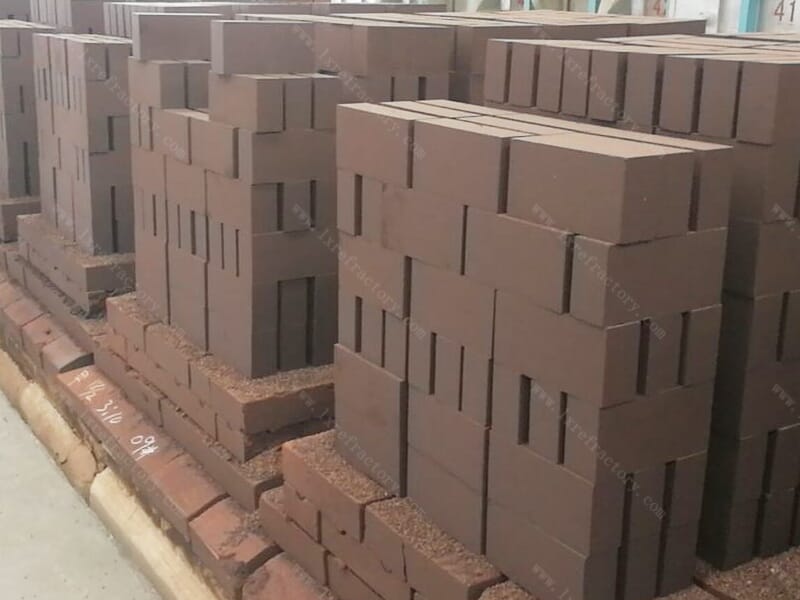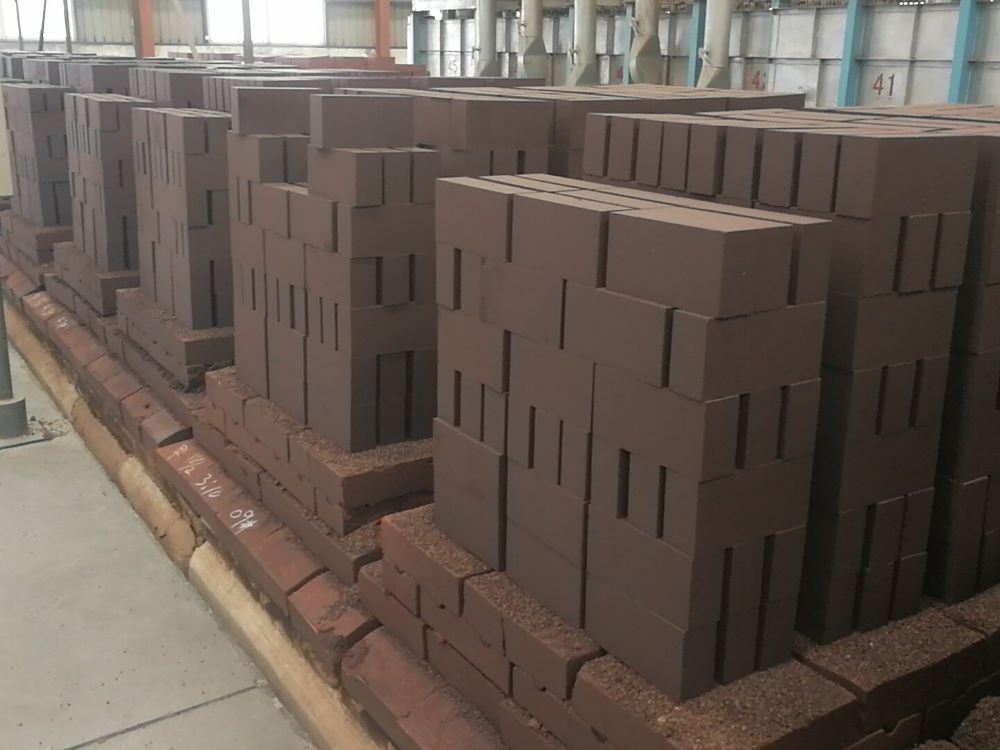Non-ferrous metallurgy industry occupies an important position in modern industry, involving the extraction and processing of a variety of metals. In the high temperature and complex chemical environment of non-ferrous metallurgy, refractory materials play a vital role. As a kind of high quality refractory material, magnesia chrome brick has been widely used in non-ferrous metallurgy industry because of its unique properties.
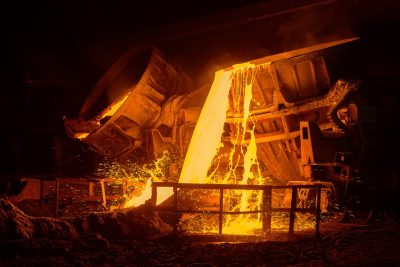
1. The characteristics of magnesia chrome brick
1.1. Good high temperature resistance
Magnesia chrome brick can withstand the high temperature environment in the process of non-ferrous metallurgy, generally can maintain stable physical and chemical properties at high temperatures above 1600 °C, not easy to soften and deformation, to ensure the structural integrity of metallurgical equipment and the continuity of production.
1.2. Excellent erosion resistance
Strong corrosion resistance to various slag, liquid metal and gas produced in the process of non-ferrous metallurgy. The main reason is that the components of magnesium oxide (MgO) and chromium trioxide (Cr₂O₃) in magnesia chrome brick can form a high melting point compound with the harmful substances in the slag, thus preventing the slag from further erosion of the brick.
1.3. Good thermal shock stability
In non-ferrous metallurgy production, refractories need to have good thermal shock stability due to frequent heating and cooling processes. When the temperature changes rapidly, magnesia chrome brick can resist the crack formation and expansion, and prolong its service life.
2. The specific application of magnesia chrome brick in non-ferrous metallurgy industry
2.1. Copper smelting
Magnesia chrome brick is widely used in furnace lining in flash furnace, converter and other equipment. For example, the reaction tower, sedimentation tank and other parts of the flash furnace, magnesia chrome brick can withstand the high temperature and strong aggressive slag in the smelting process of copper concentrate. In the process of Bessemer blowing, the thermal shock resistance and erosion resistance of magnesia chrome brick help to improve the service life of the furnace lining and ensure the efficient copper smelting.
2.2. Aluminum smelting
In aluminum electrolytic cells, magnesia chrome bricks are usually used as impermeable materials between the side carbon block and the electrolyte. It can effectively prevent the electrolyte from penetrating into the carbon block, thus protecting the structural integrity of the electrolyzer while reducing energy loss. In addition, in some aluminum smelting furnaces, magnesia chrome bricks are also used in the bottom and wall of the furnace to withstand high temperature and erosion of liquid aluminum.
2.3. Lead and zinc smelting
In lead and zinc smelting furnaces and refining furnaces, magnesia chrome bricks are often used in furnace tops, furnace walls and other parts. It can resist the erosion of lead and zinc slag and ensure the sealing and stability of the furnace body. In the process of lead and zinc refining, high temperature and complex chemical reaction environment have high requirements for refractory materials, and the excellent performance of magnesia chrome brick can meet this demand and improve production efficiency and product quality.
3. The advantages of magnesia chrome brick application
3.1. Improve production efficiency
Due to its long service life and stable performance, it reduces the time for equipment maintenance and replacement of refractory materials, thereby improving the overall efficiency of non-ferrous metallurgy production. For example, in the copper smelting flash furnace, the use of magnesia chrome brick can prolong the service life of the furnace lining, reduce the number of furnace stoppage maintenance, and increase the copper output.
3.2. Ensure product quality
Magnesia chrome brick can effectively resist the erosion of impurities and slag in the furnace, avoid the pollution of refractory materials on metal products, and ensure the quality of non-ferrous metallurgical products. In aluminum smelting, the use of magnesia chrome brick as a impermeable material can prevent impurities in the electrolyte from entering the aluminum liquid and improve the purity of aluminum.
3.3. Adapt to complex process environment
The process of non-ferrous metallurgy industry is complex, the temperature changes are large, and the slag composition is diverse. Magnesia chrome brick with its good high temperature resistance, corrosion resistance and thermal shock stability, can be well adapted to this complex process environment, provides a reliable guarantee for non-ferrous metallurgy production.
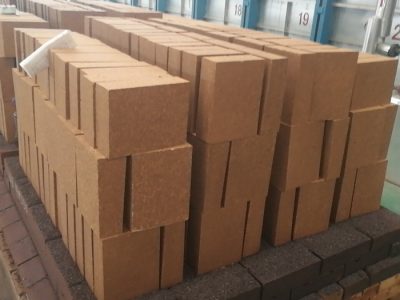
Magnesia chrome brick has been widely used in non-ferrous metallurgy industry because of its excellent properties. It plays an active role in improving production efficiency, ensuring product quality and adapting to complex process environment. However, the problems faced by hexavalent chromium pollution and rising costs have also prompted the industry to explore innovation. In the future, with the advancement of development trends such as chromium-free, high performance and intelligence, the application of magnesia chrome bricks in the non-ferrous metallurgy industry will continue to optimize, and will also promote the sustainable development of the refractory industry, providing more reliable support for the progress of the non-ferrous metallurgy industry.

